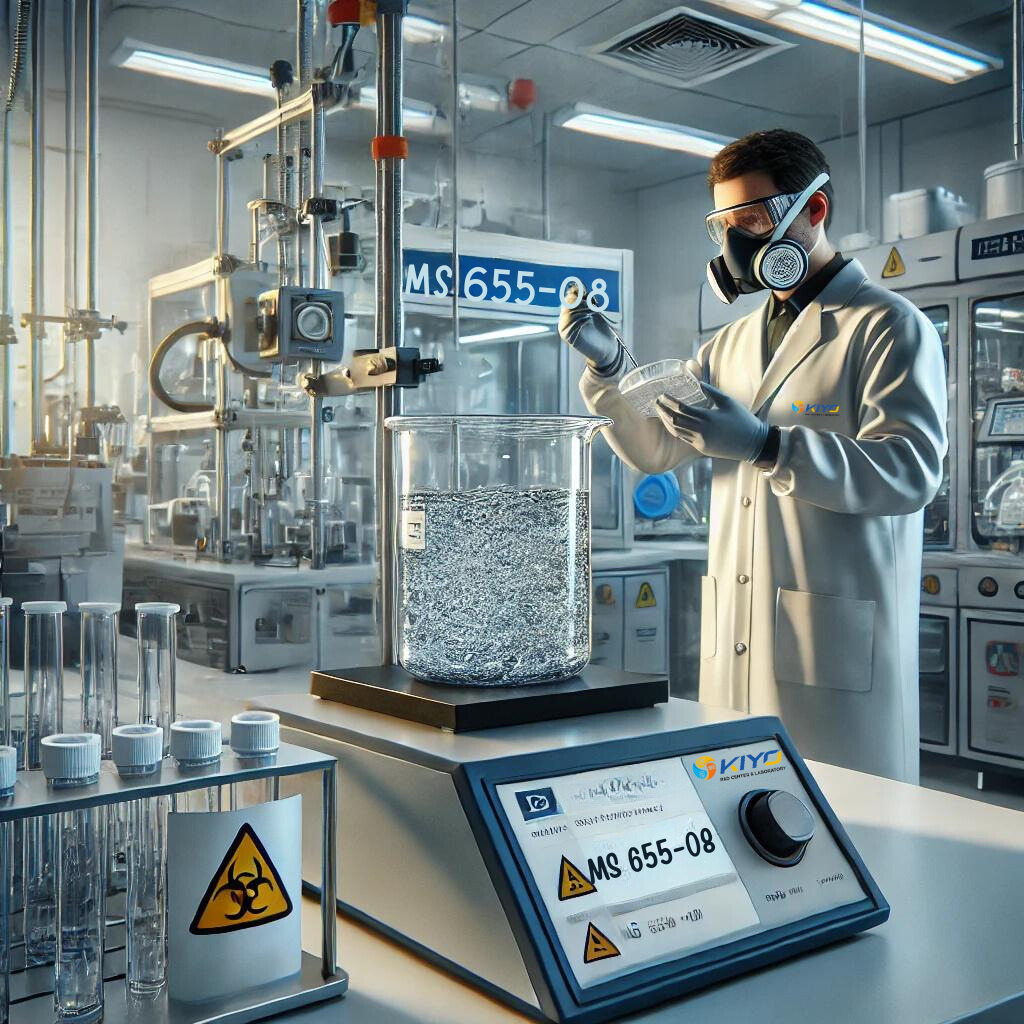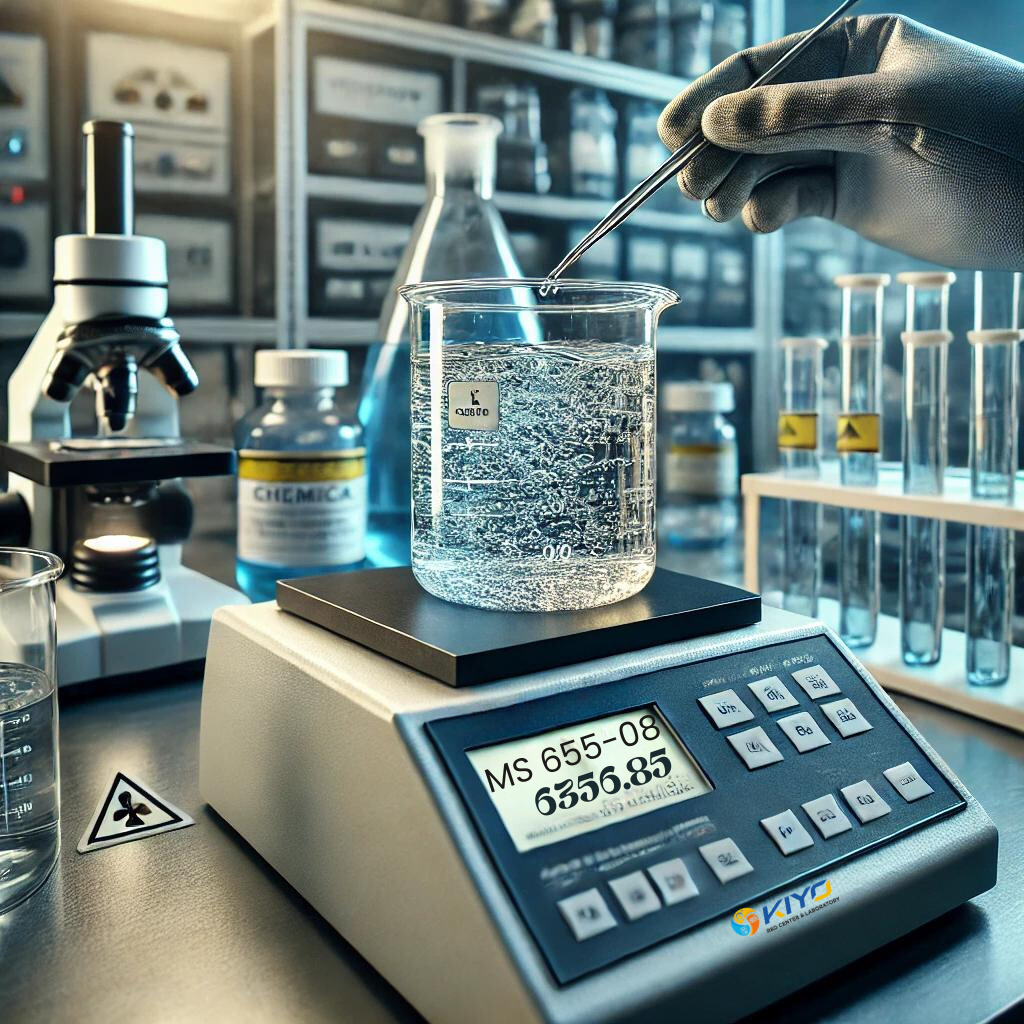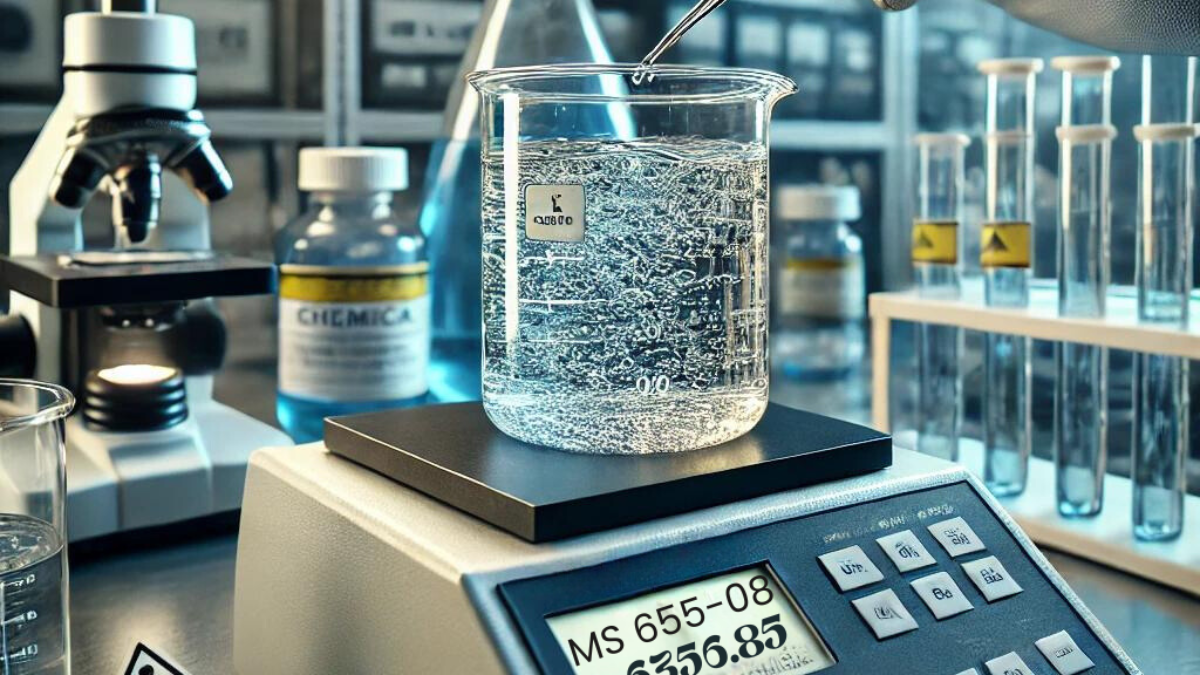Chemical Resistance Test As Per Standard MS 655-08
The Critical Role of Chemical Resistance Testing According to MS 655-08
Introduction
- In a world where materials are constantly exposed to aggressive chemicals, the need for rigorous testing protocols cannot be overstated. The MS 655-08 standard outlines the procedures for conducting chemical resistance tests on materials, particularly plastics and rubbers, ensuring their durability and reliability in harsh environments. This blog delves into the significance of the MS 655-08 standard, the testing process, and its wide-ranging applications across industries.

What is the MS 655-08 Standard?
The MS 655-08 standard is a Malaysian Standard that specifies the methodology for evaluating the chemical resistance of materials. It is particularly relevant for industries where materials are exposed to chemicals that could potentially degrade their structure, leading to failures in critical applications. The standard is designed to ensure that materials can withstand such exposure, maintaining their integrity and functionality over time.
Why Chemical Resistance Testing Matters
- Material Longevity: The primary purpose of chemical resistance testing is to determine how well a material can resist degradation when exposed to chemicals. This directly impacts the material’s lifespan, reducing the frequency of replacements and thereby cutting costs.
- Safety Compliance: Many industries, such as automotive, aerospace, and construction, use materials in environments where chemical exposure is common. Testing these materials against standards like MS 655-08 ensures that they do not fail, which could otherwise lead to hazardous situations.
- Quality Assurance: For manufacturers, delivering products that meet high standards of durability and reliability is crucial. Chemical resistance testing according to MS 655-08 provides a benchmark for quality, giving manufacturers and their customers confidence in the materials used.
- Environmental Responsibility: Materials that fail due to chemical exposure often end up as waste, contributing to environmental pollution. By ensuring that materials are chemically resistant, manufacturers can reduce waste and support sustainability efforts.
The Testing Process According to MS 655-08
The chemical resistance testing process as outlined by MS 655-08 involves several critical steps:
- Material Sample Preparation: Samples of the material are prepared in standardized sizes and shapes, ensuring consistency across tests.
- Chemical Exposure: The samples are then exposed to specific chemicals or mixtures under controlled conditions. These conditions include factors like temperature, concentration, and duration, all of which are meticulously regulated to simulate real-world exposure.
- Post-Exposure Evaluation: After the exposure period, the samples are evaluated for changes in their physical properties. This could involve measuring weight loss, changes in mechanical strength, or any visible signs of degradation such as cracks, swelling, or discoloration.
- Data Analysis and Reporting: The results of the test are analyzed and compared to the criteria set by the MS 655-08 standard. The final report will indicate whether the material meets the required level of chemical resistance, providing clear guidance on its suitability for specific applications.
Applications Across Industries
The importance of chemical resistance testing spans multiple industries, each with its unique challenges:
Automotive Industry: Vehicles are constantly exposed to a variety of chemicals, from fuels to cleaning agents. Ensuring that parts like gaskets, hoses, and seals can resist these chemicals is crucial for vehicle safety and performance.
Construction: Building materials, particularly those used in industrial settings, must withstand exposure to chemicals like solvents, acids, and bases. Chemical resistance testing ensures that these materials can endure such conditions without compromising structural integrity.
Electronics: In the electronics industry, components are often exposed to chemicals during manufacturing processes or in their operating environment. Ensuring that these components can resist chemical exposure is vital for their reliability and longevity.
Pharmaceuticals and Packaging: Packaging materials used in the pharmaceutical industry must resist the chemicals in the products they contain. This prevents contamination and ensures the stability of the medications.
The Future of Chemical Resistance Testing
As industries evolve and new materials are developed, the need for comprehensive chemical resistance testing will continue to grow. The MS 655-08 standard provides a robust framework for assessing material durability in chemically aggressive environments, but ongoing research and innovation will be crucial in adapting these standards to new challenges.
In the future, we may see more advanced testing methods that offer even greater precision and insight into material performance. These developments will help industries produce safer, more reliable products that stand the test of time, even in the most challenging conditions.

Conclusion
- The MS 655-08 standard for chemical resistance testing is an essential tool for industries where materials face constant exposure to potentially degrading chemicals. By adhering to this standard, manufacturers can ensure that their materials are not only durable and reliable but also safe and compliant with industry regulations. For any industry relying on the long-term performance of materials in chemically aggressive environments, chemical resistance testing as per MS 655-08 is not just a requirement—it’s a necessity. By ensuring that materials can withstand chemical exposure, manufacturers protect their products, their reputation, and most importantly, their customers. You said:

